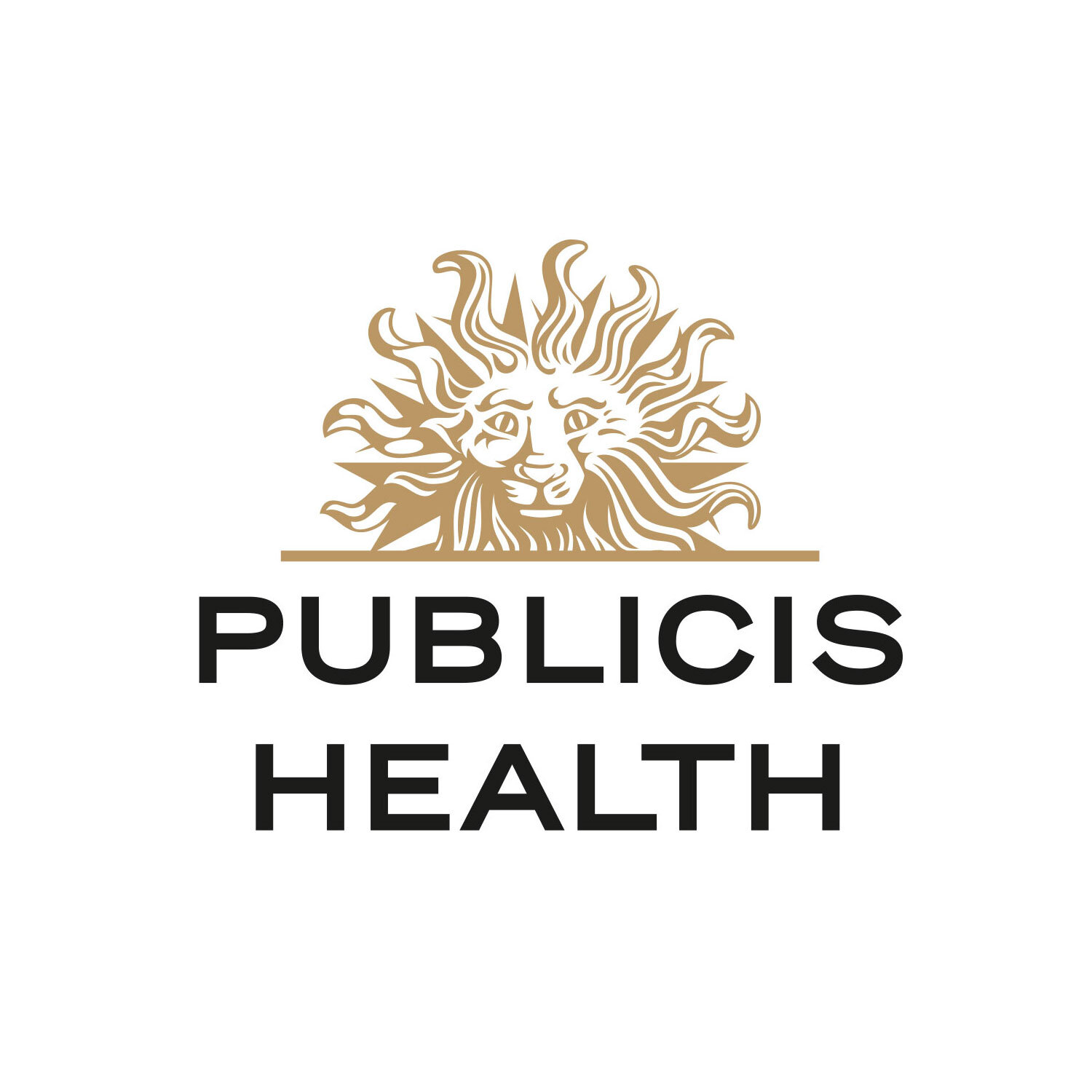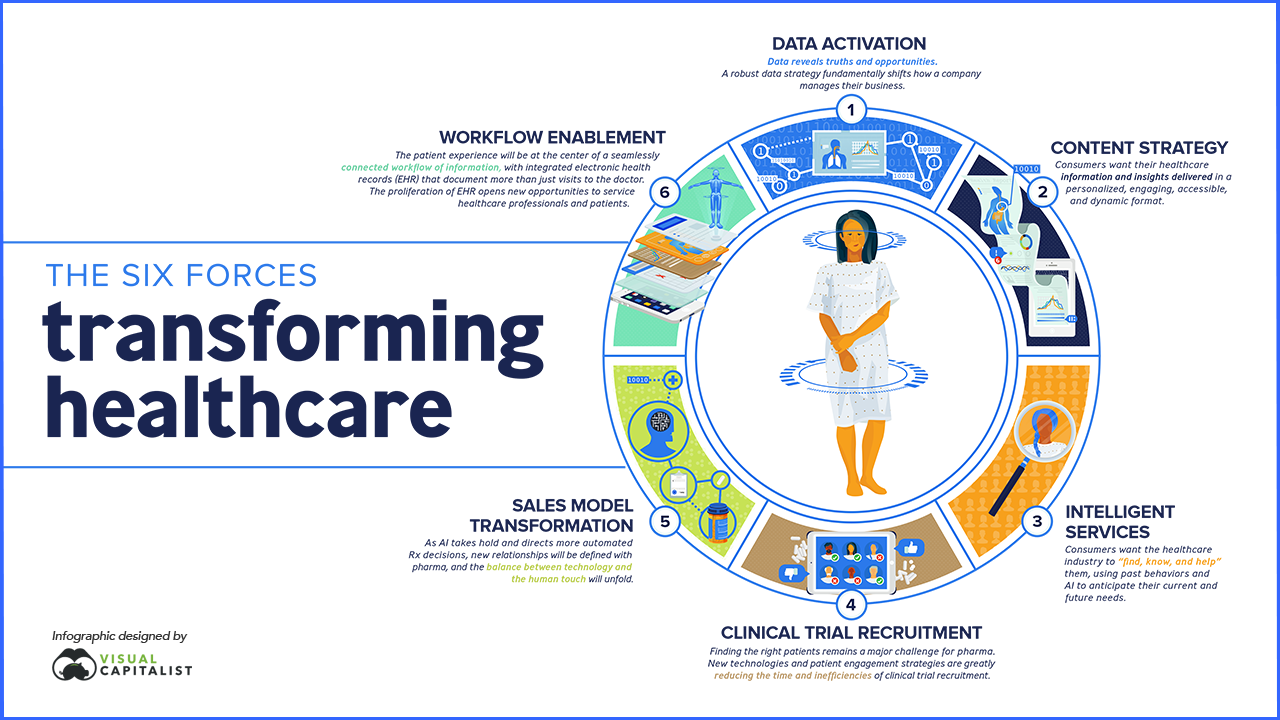SIX WAYS HEALTHCARE IS SHIFTING IN THE ERA OF RADICAL CUSTOMER CENTRICITY
By Lyn Falconio, Chief Marketing Officer, Publicis Health
Every day, our need-it-now, instant-gratification economy grows ever more substantial, and with it, so do the bottom lines of the service-focused companies of the world. They prove, time and time again, that a true customer obsession strategy is good for business. When it comes to convenience, ease-of-use, and service, the bar continues to rise, forever changing consumer expectations and challenging other brands to meet this high standard.
And health is no exception. Expectations for health services are on an unstoppable rise. If every other service I engage with can find me, know me and help me precisely as I need, then why shouldn’t my healthcare? A recent study conducted by Publicis Health showed 59% of consumers expect their healthcare customer service to be as excellent as Amazon’s and 76% expect Big Pharma to understand and predict their individual needs
Delivering on this level of consumer focus, while navigating through the demands of the outcomes economy in health, is the most crucial strategic pivot for healthcare companies today. Making the shift from those omnipresent missions of “patient-centricity” to an even higher order of radical consumer-centricity is what is needed for all aspects of the business…from product discovery, to clinical trial recruitment, to consumer engagement, to putting to work the more predicatable interventions and outcomes we are powered with today.
Serving these burning platforms for our clients, is what has driven our own transformation and has guided the rapid expansion of capabilities for the next horizon. Publicis Health has identified six strategic game changers we believe healthcare organizations need to leverage to better meet consumer expectation, thrive in the new economy, and make true their mission of “consumer-centric.”
1. Data Activation
For pharma and healthcare companies, data is the most fundamental and precious asset in your toolkit, and the most potent driver in meeting customer needs. The more information we have on patient-consumers and healthcare providers, the faster we can identify their needs and pivot to their wants.
However, becoming data-driven and successfully activating it, described as “Analytics Nirvana” by our EVP of Health Strategy and Analytics, Maryann Kuzel, is one of our industry’s significant challenges. The journey requires embracing a steep learning curve, while simultaneously capitalizing on small successes along the way. The journey also requires applying data-driven solutions without the loss of the human touch, which is invaluable to our health needs and wellness relationships. The industry challenge is not the lack of data, but how to connect and use that data to unearth insights and predictable patterns, down to a level of personal, one-to-one care.
To successfully and creatively connect with the patient, you have to look at daily patterns and behaviors in ways that deliver one-to-one communications at scale.
2. Intelligent Service Systems
While the demand for service has permeated all aspects of our lives, according to a recent study, Analytics Comes of Age, the healthcare industry is among the slowest to adopt AI and digitize its systems to anticipate the needs and ever-changing expectations of consumers. Crossing this chasm will require companies to shift from a support model to a servicization model. This affects how you look at everything, moving away from one-directional support to a bi-directional service model engineered to foster longer, more valuable, more engaging relationships.
Where our work once focused on building effective communications and advertising about a brand, today our efforts are immersed in creating intelligent innovation and services through the seamless integration of data, technology, and content across all points of a brand’s lifecycle.
There is massive and untapped potential for healthcare organizations to build out ecosystems to intervene and address a patient’s need — precisely and predictively when and where they need them.
3. Content Strategy
The future of healthcare communications is relationship-driven content — specifically, creating invitational, collaborative, dynamic, two-way content that puts people and their needs first. Rather than creating one message for one brand, the new world order of content strategy requires collaboration and engagement of consumers, who need to feel invested and in control.
A recent study showed 27% of all online adults are blocking ads, which means the old model of interruptive advertising is not reaching one in four of its intended audience. Shouldn’t it then follow that 25% of marketing dollars now shift away from those online advertisements into other content engagement investments? The industry needs to respond to this fundamental shift rapidly. Effective marketers will build the strategies and infrastructure to seamlessly connect awareness content and related content into one cohesive engagement plan built to thrive in an omnichannel and dynamic environment.
Successful content marketing will bridge the gap between advertising and relationship management and will adopt dynamic content and creativity to respond to what’s wanted and what’s working continuously.
4. Clinical Trial Recruitment
The path to drug approval is both lengthy and expensive. It is not uncommon for the process to take at least a decade to pass muster. Out of an $800M–$900M development budget, the clinical trial phase is by far the most expensive step in the pharmaceutical development process.
Often, delays plague the process, with patient recruitment slowing down 80% of clinical trials, costing pharma companies $8M daily. The use of data, innovative media and technology in this phase of development creates a positive cascading effect, with benefits for years to come. With pharma, we have found that companies ahead of the curve with their business transformation, use clinical trials as a foundation for change and progress… with impressive results.
Infusing new media, analytics, and technology into the clinical trial recruitment and implementation process has become an accelerant for efficiency, innovative product development, and people-based marketing, creating new data troves and enhanced ROI for successful commercialization.
5. Workflow-Empowered Solutions
Doctors are leaving private practice and joining health systems at a rate of 900 a month. As they become employees of these health systems, they face the new pressures of outcomes-based compensation models and the administrative burdens of their workflow, compounded by an aging Baby Boomer population that demands more attention and personalized service.
One area where health has been quick to adopt technology is the introduction of electronic health records. Seen as one of the first steps to transform healthcare, nearly 90% of hospital-based physicians and 75% of group practice physicians use some form of EHR, spending upwards of 4 hours a day using EHR as part of their routine patient care. But the use today is just scratching the service of the real potential.
The opportunity is to leverage these systems beyond the point of care and daily workflow protocol. What’s next is creating a more integrated, holistic system that stretches from pre-visit, during the visit, and post-visit care. We envision EHR becoming the backbone for a connected health system, combining data and workflow interventions to enable the outcomes and personalized services that today’s healthcare economy demands.
Delivering outcomes-driven service, and one-to-one care at scale will rise by threading the providers’ and patients’ point of care workflow with the data and technologies that stitch together the complete journey of care.
6. Sales Model Transformation (Customer-Facing Model Transformation)
For a long time, the Pharma sales model worked beautifully; then it stopped working effectively. With tighter restrictions and regulations on rep visits and a galaxy of options for physicians to get the product information they need — there is a pressing need to break this model. This significant shift will move it from a sales channel to a value connected channel. The relationship of the future will no longer be rooted in the traditional product-focused sales call model but will become a concierge service model, providing HCPs, and their patients, with the bespoke programs, contact centers, clinical connections and predictive intelligence they need for optimal care.
The value exchange between healthcare companies and healthcare providers will shift to become centered on patient outcomes, not just information or education exchange.

